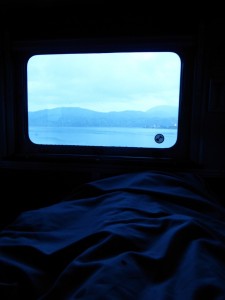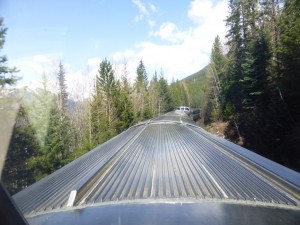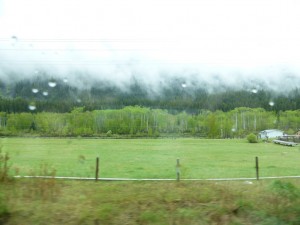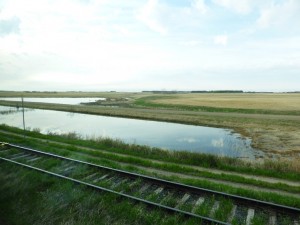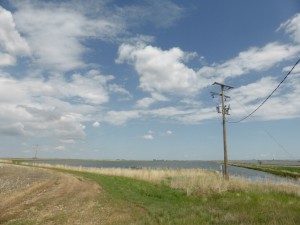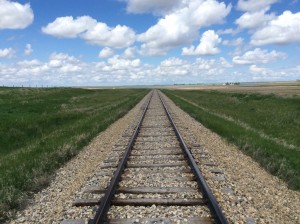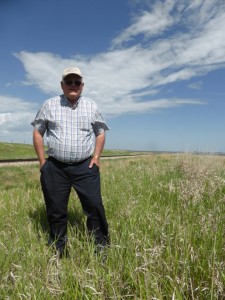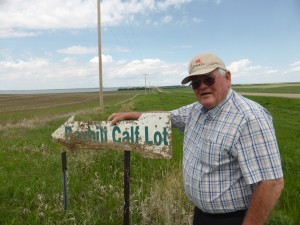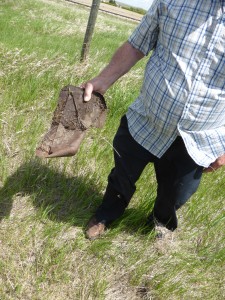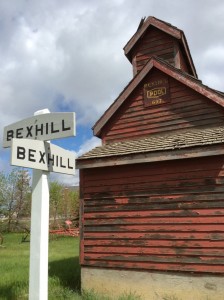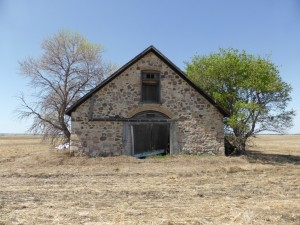Canada is another epic train journey for me. I will travel from Vancouver to Halifax before I leave Canada for the US next month. Half way across and I have left the Pacific Ocean and passed through the magnificence of the Rockies, journeying into the vastness of the prairies. For this stretch of my trip I am also fortunate to be supported by Via Rail who have organised my train travel.
This is one of the trips that, in making and discussing my plans, many people told me, was a trip they too would like to take. On the train there are many people travelling from Vancouver to Toronto, often combining it with the Rocky Mountaineer and an Alaskan cruise. Certainly the cruise is something I would like to come back for, with chance to see the incredible Alaskan coastline, wildlife and Northern Lights. It seems a shame that so many people make so few stops beyond Vancouver though, there is so much of Canada and all so varied, yet it does not seem to be travelled as much as you’d think. Saskatchewan has just one hostel for instance, in Regina. The first night there I was the only person in the 8 bed dorm. It is not served well by public transport either which makes it trickier to negotiate too. Nonetheless I have been able to navigate my way to Bexhill, and am looking forward to the rest of my journey across Canada.
Nothing beats waking up to the early light to peak out the window and discover the new landscape awaiting. This journey will also take my total time travelled by train to almost a month from the start of my trip last September. I have already travelled through three time zones and such contrasting scenery as might be possible. During my time in Regina (capital of Saskatchewan, one of two) I have learned that there were previously mountains in Saskatchewan…and that they were blown away. The Royal Saskatchewan Museum is another wonderful museum, Canada certainly is good at museums. Focussed on the natural world, it gives a lovely overview of the history of the area and how it has evolved through time. From being under water and host to various sea life, to home to the dinosaurs, the impact of the ice age and the role of the glaciers in forming the prairies we see today. There are also galleries devoted to the First Nations. In Assiniboia it was the Assiniboin tribe who were native to the region of Bexhill and surrounds. So called after their unique cooking method, using hot stones to heat water and bake food. As in Australia this is not an entirely resolved relationship. Although a little more time has passed and a number of apologies have been made.
This is the land of Sitting Bull, the Cyprus Hills and many other stories that seem of folklore before I arrived. I have more to find out and learn…




